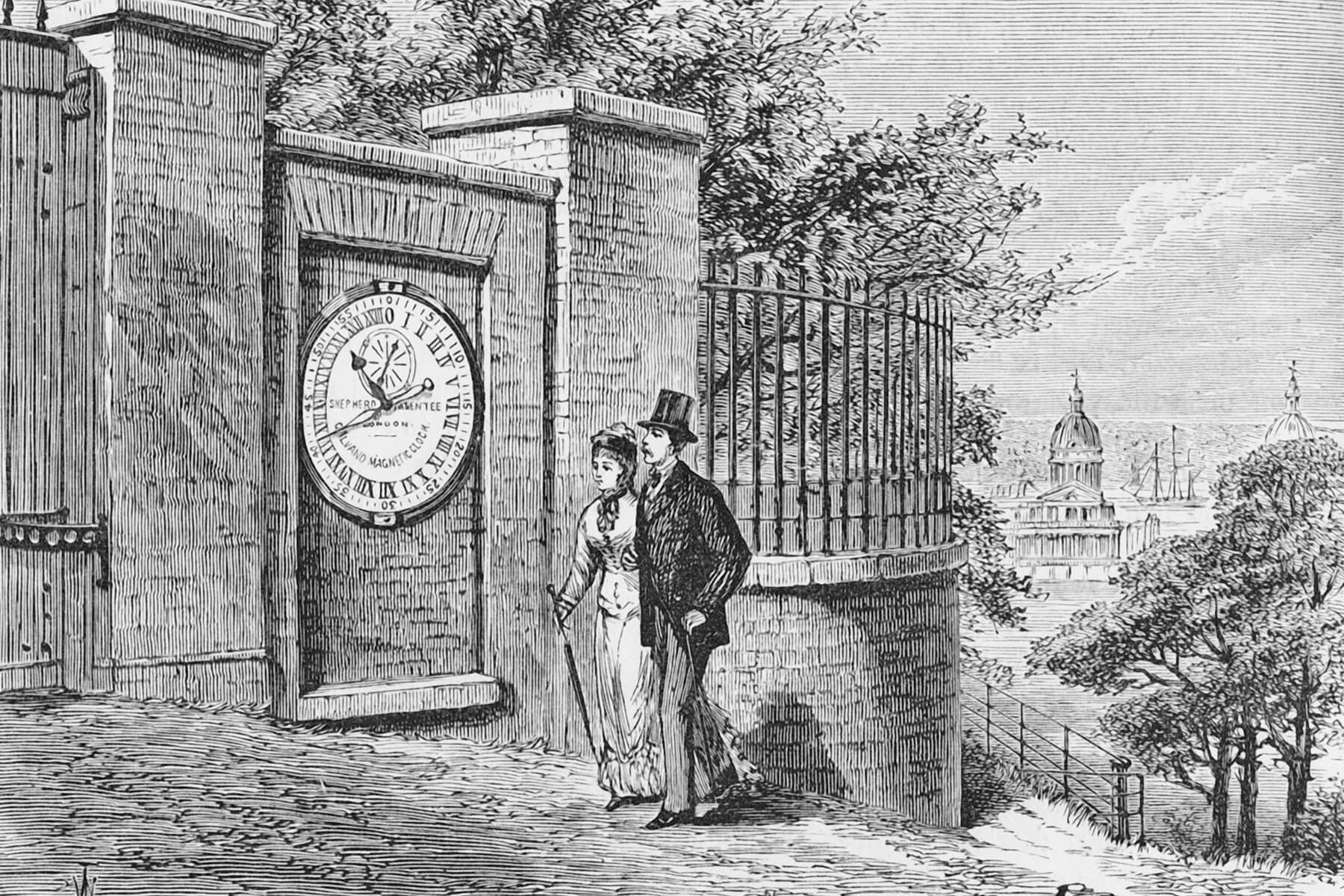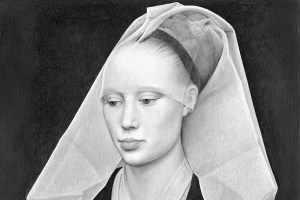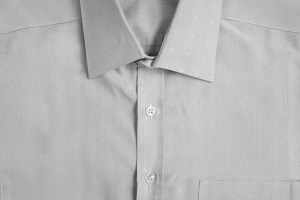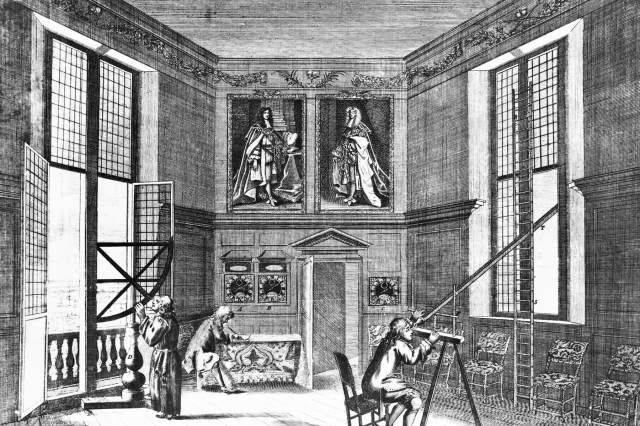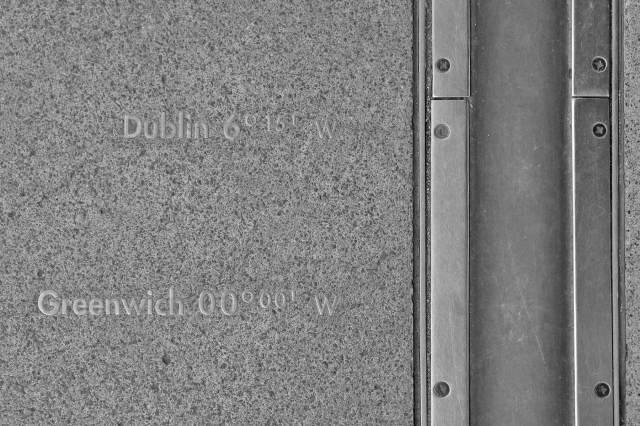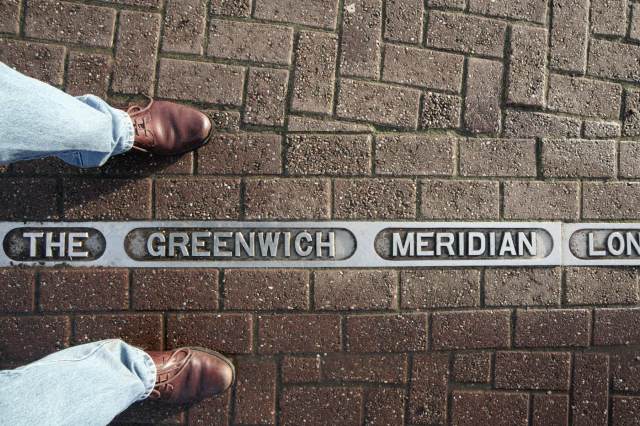Why Is Greenwich, England, the Center of Time?
The worldwide timekeeping convention, known as Universal Time Coordinated (UTC), is often still colloquially referred to by its historical name, Greenwich Mean Time. But how did Greenwich, a borough in southeast London, become the reference point for timekeeping all around the world? To answer that, we have to go back to the 17th century, during Europe’s age of exploration.
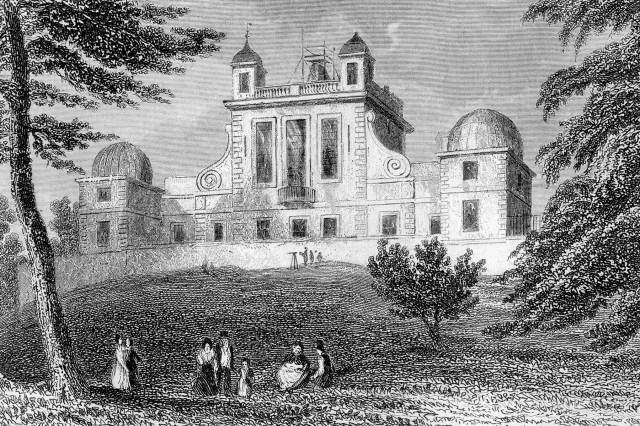
Building Greenwich Observatory
In 1674, King Charles II of England assembled a Royal Commission to study the possibility of creating a more precise measure of longitude in order to improve ship navigation. The greater oceanic distances being traveled by trade ships meant that any inaccuracies were magnified, causing shipwrecks and other maritime disasters; an improved reference for longitude would enable better course-plotting. The commission concluded that accurately determining star positions (as reference points) would be an essential part of the calculation, and recommended establishing an astronomical observatory. In response, Charles II appointed astronomer John Flamsteed as Britain’s first Astronomer Royal in 1675. Meanwhile, Royal Commission architect and astronomer Christopher Wren chose the ruins of Greenwich Castle as the site for the observatory. This was due to its location on high ground in a royal park, as well as the presence of the castle’s foundation, which could be repurposed for the observatory. Construction was completed in about a year, and Flamsteed began his first observations in 1676.





